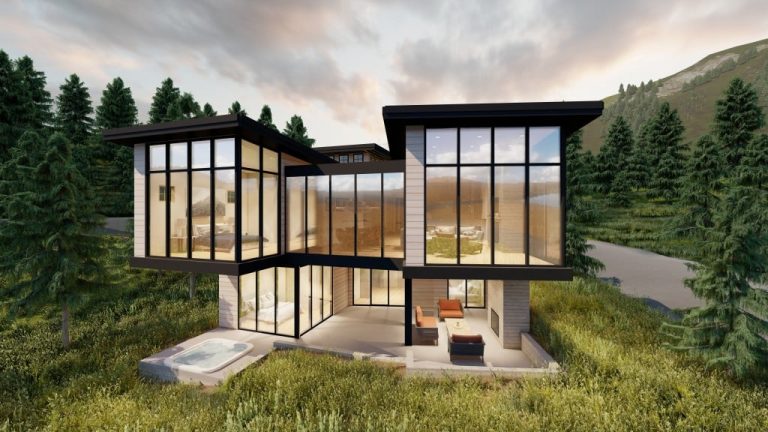It seems logical for design, interior and architecture firms to create photorealistic 3D renderings of their unbuilt projects. However, further investigation will disclose precisely why such 3D renderings might determine the success or failure of a corporation. When an architect uses visuals, it’s often their only chance to make a good first impression on potential clients, co-workers, and the public.
However potent these pictures might be, not every architect has the means or skill to create images and artwork with such precision and immersion. It’s terrible, but maybe this list will tip the scales and get design firms to spend some money on making 3D renderings that are just as convincing as a finished work when trying to show someone why their designs are essential.
Here are five reasons why architects need photorealistic 3D renderings:
- Displays an Architect’s Design Skills
This is especially important for architects who are just starting out or for companies that don’t have a long list of completed projects on which to build their reputation. And while nothing compares to the effect of a magnificent, finished work of architecture, 3D rendering services of uncompleted work go a long way toward convincing others that an architect can create.
If we can show a client, a design review committee, or even the public renderings that will make them feel like they are looking at the finished product, they will have faith in the architect’s ability to make it. Architects must rely heavily on their skills to convince people that their designs are the best. Having lifelike images to support the case helps overcome the communication barrier.
-
Helps Improve the Design
The ability of the architect to respond to criticism is one of the most critical aspects of the design phase. The visual information provided by 3D rendering can be easily absorbed, utilised, and discarded as needed to ensure the greatest possible final product.
3D renderings are frequently created at the start and conclusion of the process of design to win contests or sell an almost-completed project. However, by allocating resources to that feedback system and showing photorealistic images at different stages, the design can grow, improve, and cover more ground.
-
Helps Achieving Triumph in Contests
Like many companies providing mechanical engineering services, if an architectural company relies on entering competitions or wants to start doing so, it had better have the wherewithal to create convincing and impressive visuals for its future work. Submissions to the competition should look good and be creative in how they are made. They should be clear and convincing while also doing justice to the design.
Almost no entry to a design contest would be complete without at least one or two large photos that show how the final design makes people feel. If the visuals do their job, architects might not even need to argue their case using words, diagrams, or previous cases.
-
Appear Nicely on the Wall
Even the most successful architects rarely have a second chance to make a good first impression. The easiest way to make a great first impression when meeting with prospective clients is to invite them to the office, which the architect has spent many hours developing as the image of their architectural brand. Having photographs, models, and photographs of the best personal work of the architect all over the floor is a great way to make a statement about their work and how they feel about it.
There should be many such photo-realistic depictions included. Considering the impossibility of fully realising the original concept, they are nearly more remarkable than completed artwork. These photographs are so pristine that they will shock customers’ minds.
-
Attracts More Skilled Employees
It stands to reason that the best architects will attract the best designers. To what end will they evaluate candidates? Reputation. The same factors that draw in candidates for the next big assignment are also likely to draw in the hardworking crew that will see the job through to completion. One way to raise a brand’s profile is to build a library of design assets that show it in the best possible light.
3D visualisations and renderings that look as realistic as possible are crucial to building a good name for us. If any company puts in the effort to make its conceptual design look as incredible as it sounds, it can expect to receive interest from all around the world.
The Conclusion
A visual representation of a plan is required before its implementation. It’s been made much less complicated thanks to AI and several user-friendly rendering programs. Compared to traditional 2D photographs, 3D rendering is a huge technological leap forward. We can open a new realm if we know how the application works and the basics of architecture. These are the five best reasons architecture firms should use digital 3D renderings that look like real life. We can see many ways in which an investment in high-quality CGI can help our idea presentations and marketing efforts.

